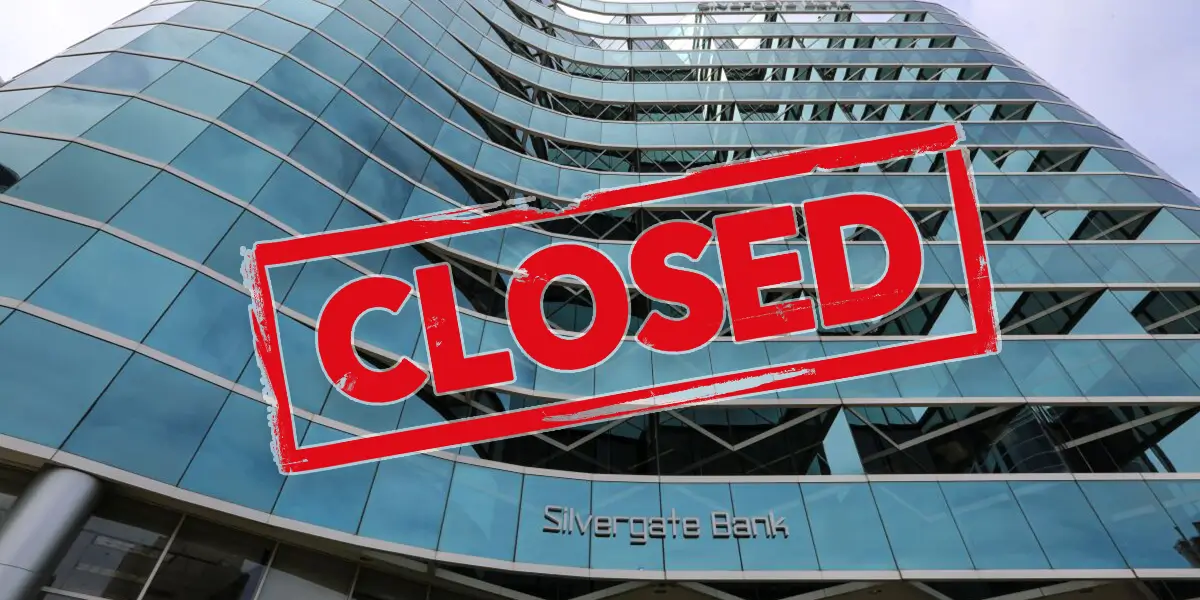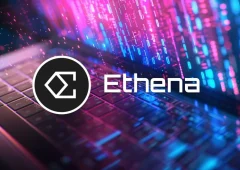Was Silvergate Bank’s Downfall a Result of Regulatory Pressure?
27.09.2024 9:00 2 min. read Alexander Zdravkov
The former crypto-friendly institution, Silvergate Bank, might have weathered its challenges if it hadn't faced intense regulatory pressure leading to its voluntary liquidation, according to industry insider Nic Carter.
In a recent article for Pirate Wires, Carter suggested that the bank was on a recovery trajectory before being told by the Biden administration to limit its cryptocurrency deposits to 15% or face serious repercussions.
Carter coined the term “Operation Choke Point 2.0” to describe what he believes is a coordinated effort by U.S. regulators to stifle banks involved with crypto, particularly during the banking crisis of 2023. He argues that such actions directly contributed to the collapse of several crypto-friendly banks, including Silvergate, Signature Bank, and Silicon Valley Bank.
Carter claims that Silvergate faced extraordinary pressure from the FDIC and lawmakers, leading to a directive that left the bank with no viable options but to comply. An insider indicated that failure to adhere to the imposed limit could have resulted in severe consequences.
He expressed skepticism regarding Silvergate’s decision to voluntarily liquidate, noting that such moves are infrequent in the banking sector and suggesting it was forced by regulatory actions rather than market conditions. The resurgence of crypto firms in late 2023 further led Carter to believe that Silvergate could have thrived without the imposed restrictions.
While he recognized Silvergate’s lapses in areas like anti-money laundering practices, he maintained that these shortcomings did not warrant the extreme measures that led to the bank’s downfall. His comments come as Vice President Kamala Harris emphasizes the importance of maintaining U.S. leadership in blockchain and other emerging technologies.
-
1
Trump’s ‘Big, Beautiful Bill’ Approved: What It Means for Crypto Markets
04.07.2025 7:00 3 min. read -
2
FTX Pushes Back Against $1.5B Claim From Defunct Hedge Fund 3AC
23.06.2025 11:00 1 min. read -
3
ARK Invest Cashes In on Circle Rally as Stock Soars Past $60B Valuation
24.06.2025 19:00 1 min. read -
4
Key U.S. Events to Watch This Week That Could Impact Crypto
30.06.2025 11:00 2 min. read -
5
Here Is How Your Crypto Portfolio Should Look Like According to Investment Manager
30.06.2025 10:00 2 min. read
Weekly Roundup: What Happened in Crypto Over the Past Week
From groundbreaking Ethereum developments to record-breaking DeFi activity and major protocol updates, the crypto industry saw a flurry of important announcements this past week.
Pump.fun Raises $600M in Record-Breaking PUMP Token Sale
Memecoin launchpad Pump.fun has stunned the crypto market by pulling off one of the fastest initial coin offerings (ICOs) in history.
Binance Founder Says Bloomberg’s USD1 Report is False, Threatens Lawsuit
Binance founder Changpeng Zhao has once again threatened legal action against Bloomberg.
Top 10 Biggest Crypto Developments This Week
The latest WuBlockchain Weekly report captures a high-volatility week in crypto. From Bitcoin’s new all-time high to controversy around Pump.fun’s presale and Elon Musk’s political Bitcoin endorsement, markets are witnessing sharp shifts in momentum and policy.
-
1
Trump’s ‘Big, Beautiful Bill’ Approved: What It Means for Crypto Markets
04.07.2025 7:00 3 min. read -
2
FTX Pushes Back Against $1.5B Claim From Defunct Hedge Fund 3AC
23.06.2025 11:00 1 min. read -
3
ARK Invest Cashes In on Circle Rally as Stock Soars Past $60B Valuation
24.06.2025 19:00 1 min. read -
4
Key U.S. Events to Watch This Week That Could Impact Crypto
30.06.2025 11:00 2 min. read -
5
Here Is How Your Crypto Portfolio Should Look Like According to Investment Manager
30.06.2025 10:00 2 min. read


